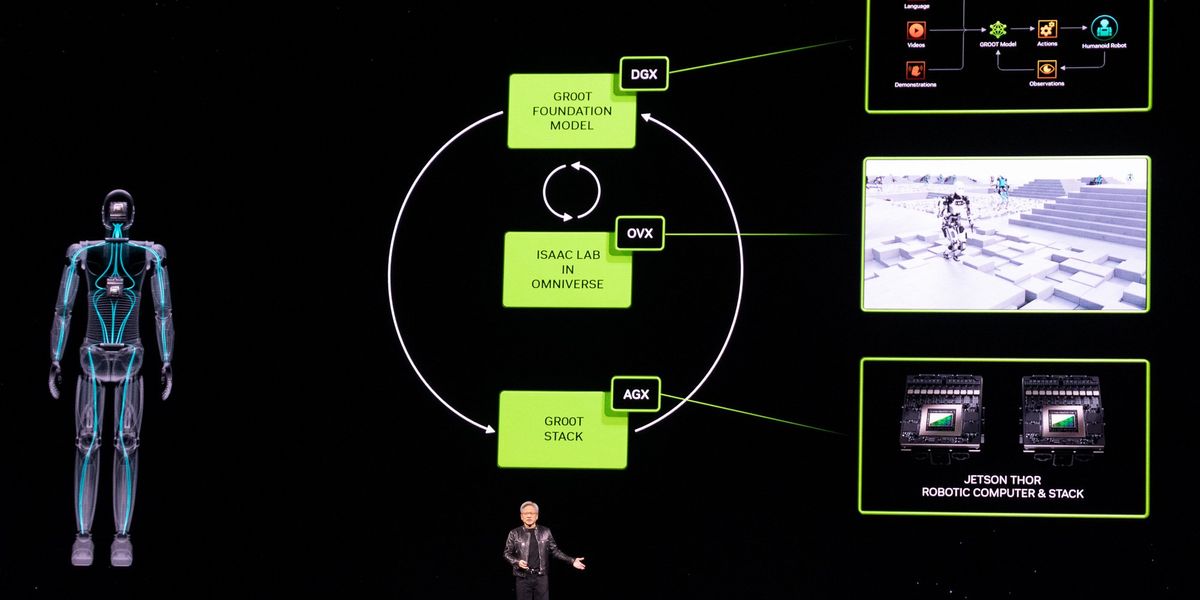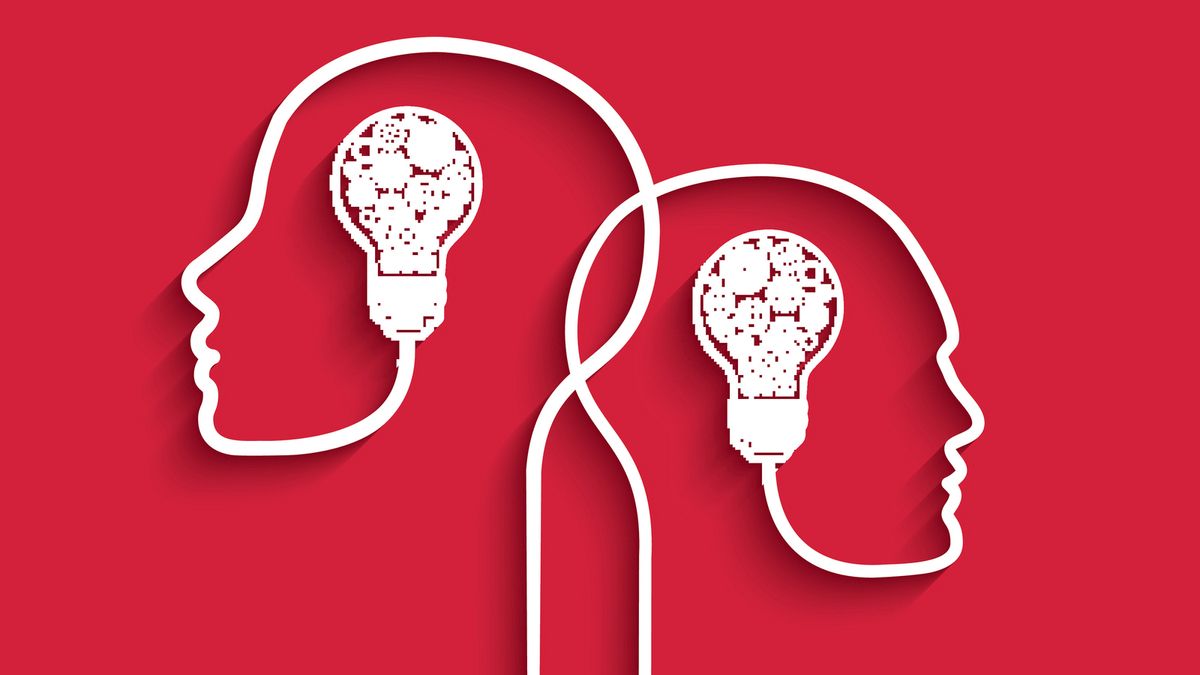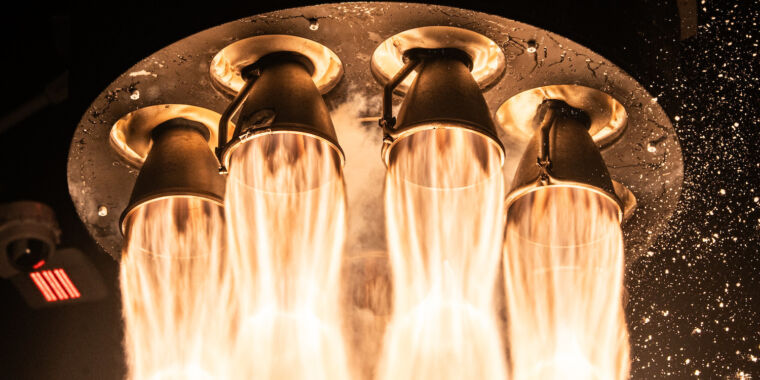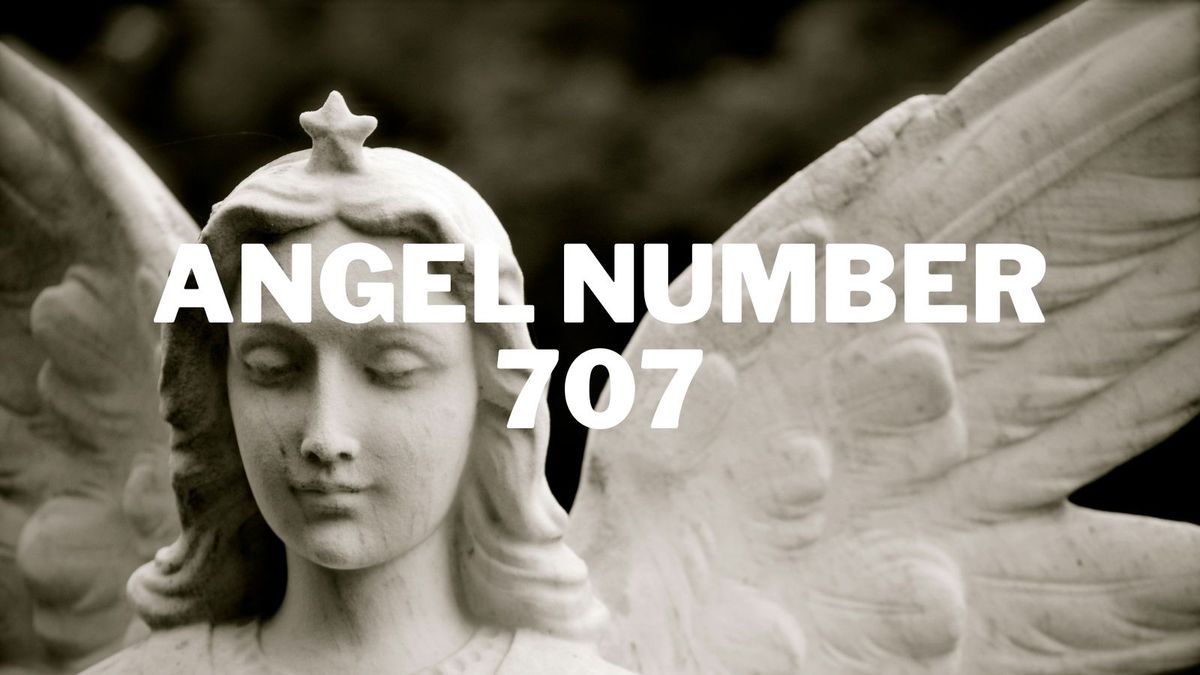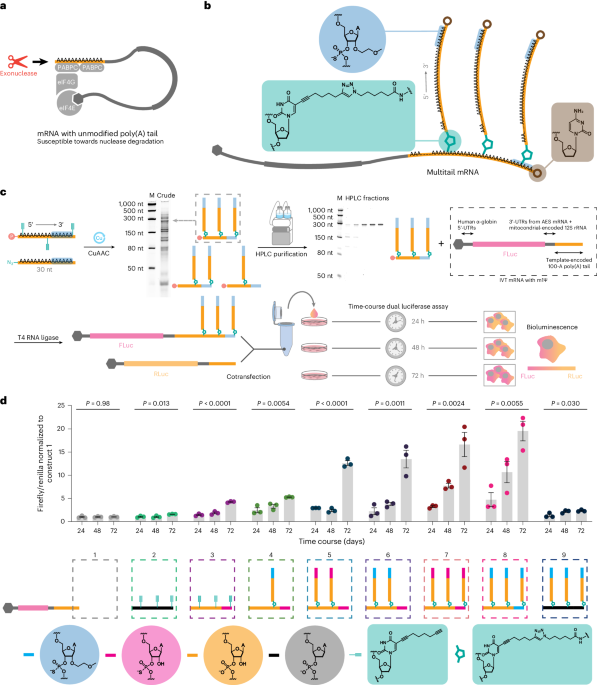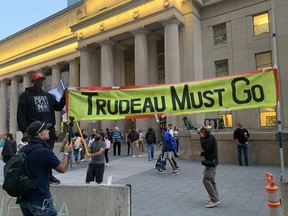[ad_1]
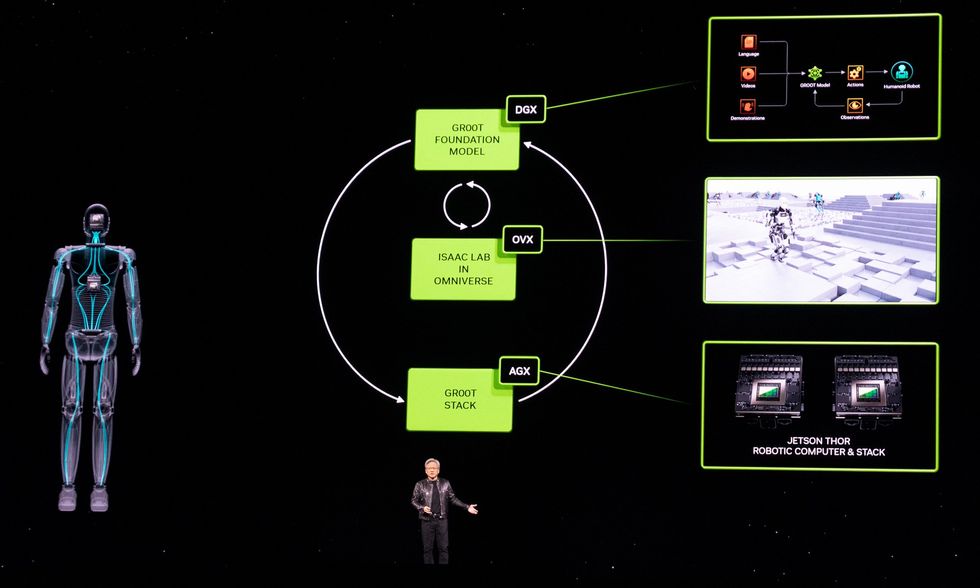
Nvidia’s ongoing GTC developer conference in San Jose is, unsurprisingly, almost entirely about AI this year. But in between the AI developments, Nvidia has also made a couple of significant robotics announcements.
First, there’s Project GR00T (with each letter and number pronounced individually so as not to invoke the wrath of Disney), a foundation model for humanoid robots. And secondly, Nvidia has committed to be the founding platinum member of the Open Source Robotics Alliance, a new initiative from the Open Source Robotics Foundation intended to make sure that the Robot Operating System (ROS), a collection of open-source software libraries and tools, has the support that it needs to flourish.
GR00T
First, let’s talk about GR00T (short for “Generalist Robot 00 Technology”). The way that Nvidia presenters enunciated it letter-by-letter during their talks strongly suggests that in private they just say “Groot.” So the rest of us can also just say “Groot” as far as I’m concerned.
As a “general-purpose foundation model for humanoid robots,” GR00T is intended to provide a starting point for specific humanoid robots to do specific tasks. As you might expect from something being presented for the first time at an Nvidia keynote, it’s awfully vague at the moment, and we’ll have to get into it more later on. Here’s pretty much everything useful that Nvidia has told us so far:
“Building foundation models for general humanoid robots is one of the most exciting problems to solve in AI today,” said Jensen Huang, founder and CEO of NVIDIA. “The enabling technologies are coming together for leading roboticists around the world to take giant leaps towards artificial general robotics.”
Robots powered by GR00T… will be designed to understand natural language and emulate movements by observing human actions—quickly learning coordination, dexterity and other skills in order to navigate, adapt and interact with the real world.
This sounds good, but that “will be” is doing a lot of heavy lifting. Like, there’s a very significant “how” missing here. More specifically, we’ll need a better understanding of what’s underlying this foundation model—is there real robot data under there somewhere, or is it based on a massive amount of simulation? Are the humanoid robotic companies involved contributing data to improve GR00T, or instead training their own models based on it? It’s certainly notable that Nvidia is name-dropping most of the heavy-hitters in commercial humanoids, including 1X Technologies, Agility Robotics, Apptronik, Boston Dynamics, Figure AI, Fourier Intelligence, Sanctuary AI, Unitree Robotics, and XPENG Robotics. We’ll be able to check in with some of those folks directly this week to hopefully learn more.
On the hardware side, Nvidia is also announcing a new computing platform called Jetson Thor:
Jetson Thor was created as a new computing platform capable of performing complex tasks and interacting safely and naturally with people and machines. It has a modular architecture optimized for performance, power and size. The SoC includes a next-generation GPU based on NVIDIA Blackwell architecture with a transformer engine delivering 800 teraflops of 8-bit floating point AI performance to run multimodal generative AI models like GR00T. With an integrated functional safety processor, a high-performance CPU cluster and 100GB of ethernet bandwidth, it significantly simplifies design and integration efforts.
Speaking of Nvidia’s Blackwell architecture—today the company also unveiled its B200 Blackwell GPU. And to round out the announcements, the chip foundry TSMC and Synopsys, an electronic design automation company, each said they will be moving Nvidia’s inverse lithography tool, cuLitho, into production.
The Open Source Robotics Alliance
The other big announcement is actually from the Open Source Robotics Foundation, which is launching the Open Source Robotics Alliance (OSRA), a “new initiative to strengthen the governance of our open-source robotics software projects and ensure the health of the Robot Operating System (ROS) Suite community for many years to come.” Nvidia is an inaugural platinum member of the OSRA, but they’re not alone—other platinum members include Intrinsic and Qualcomm. Other significant members include Apex, Clearpath Robotics, Ekumen, eProsima, PickNik, Silicon Valley Robotics, and Zettascale.
“The [Open Source Robotics Foundation] had planned to restructure its operations by broadening community participation and expanding its impact in the larger ROS ecosystem,” explains Vanessa Yamzon Orsi, CEO of the Open Source Robotics Foundation. “The sale of [Open Source Robotics Corporation] was the first step towards that vision, and the launch of the OSRA is the next big step towards that change.”
We had time for a brief Q&A with Orsi to better understand how this will affect the ROS community going forward.
You structured the OSRA to have a mixed membership and meritocratic model like the Linux Foundation—what does that mean, exactly?
Vanessa Yamzon Orsi: We have modeled the OSRA to allow for paths to participation in its activities through both paid memberships (for organizations and their representatives) and the community members who support the projects through their contributions. The mixed model enables participation in the way most appropriate for each organization or individual: contributing funding as a paying member, contributing directly to project development, or both.
What are some benefits for the ROS ecosystem that we can look forward to through OSRA?
Orsi: We expect the OSRA to benefit the OSRF’s projects in three significant ways.
- By providing a stable stream of funding to cover the maintenance and development of the ROS ecosystem.
- By encouraging greater community involvement in development through open processes and open, meritocratic status achievement.
- By bringing greater community involvement in governance and ensuring that all stakeholders have a voice in decision-making.
Why will this be a good thing for ROS users?
Orsi: The OSRA will ensure that ROS and the suite of open source projects under the stewardship of Open Robotics will continue to be supported and strengthened for years to come. By providing organized governance and oversight, clearer paths to community participation, and financial support, it will provide stability and structure to the projects while enabling continued development.
From Your Site Articles
Related Articles Around the Web
Maqvi News #Maqvi #Maqvinews #Maqvi_news #Maqvi#News #info@maqvi.com
[ad_2]
Source link





































